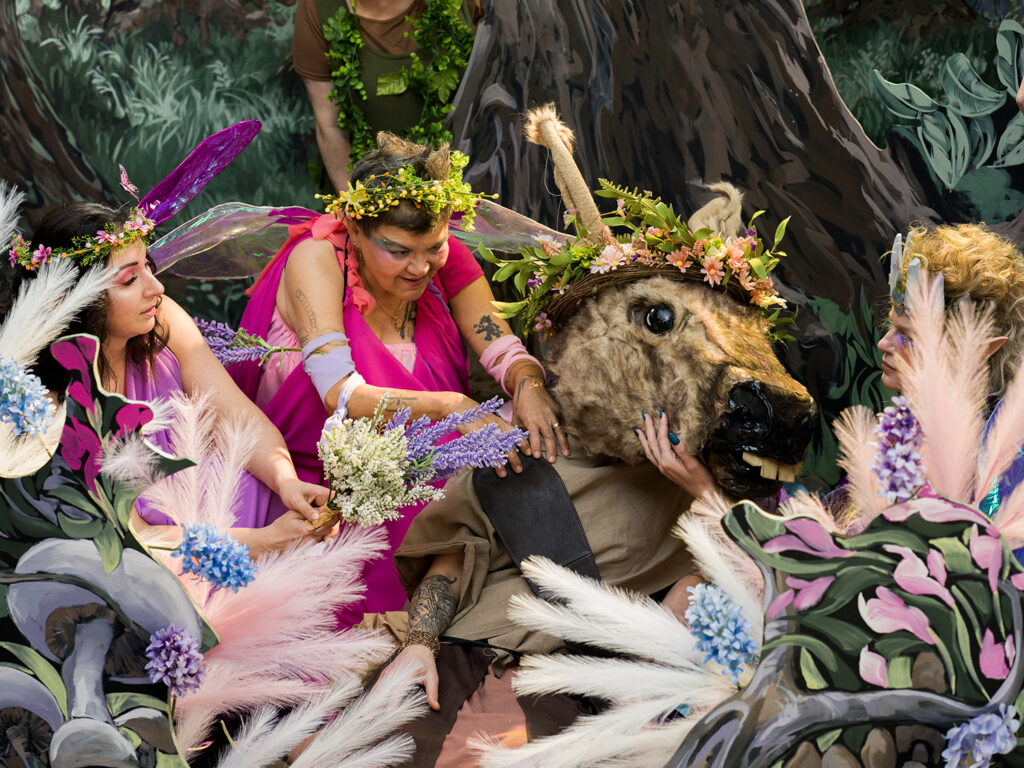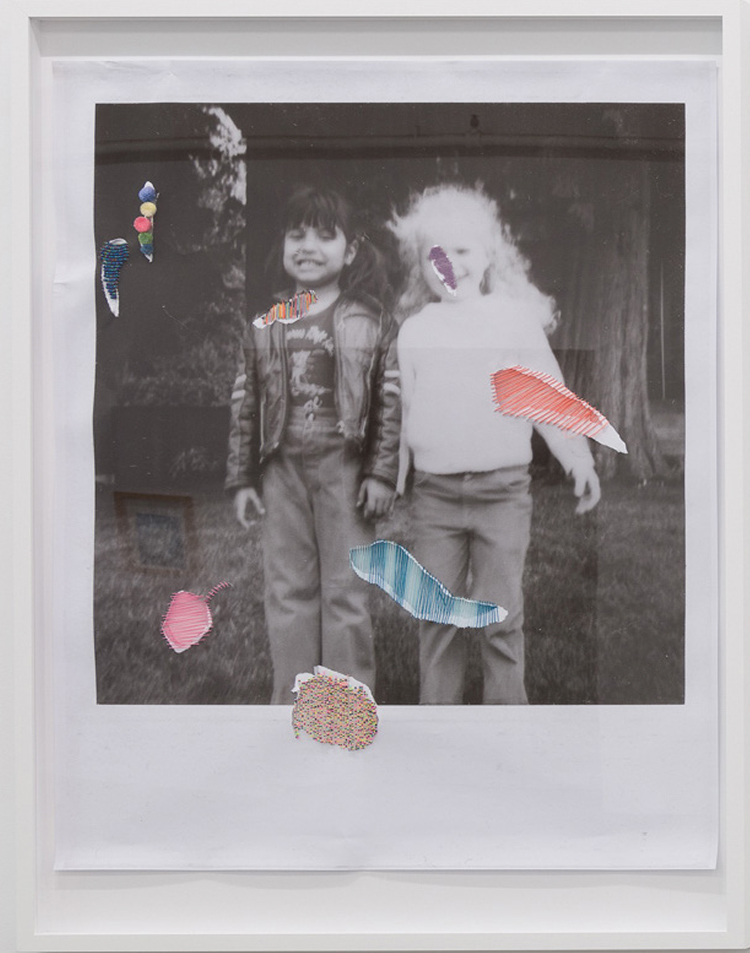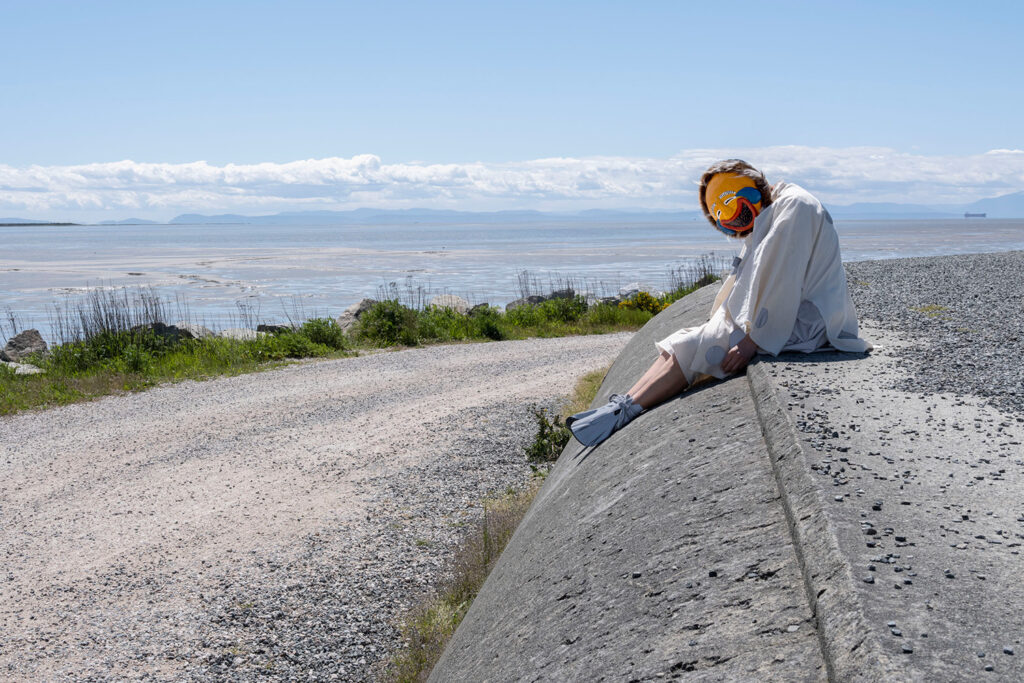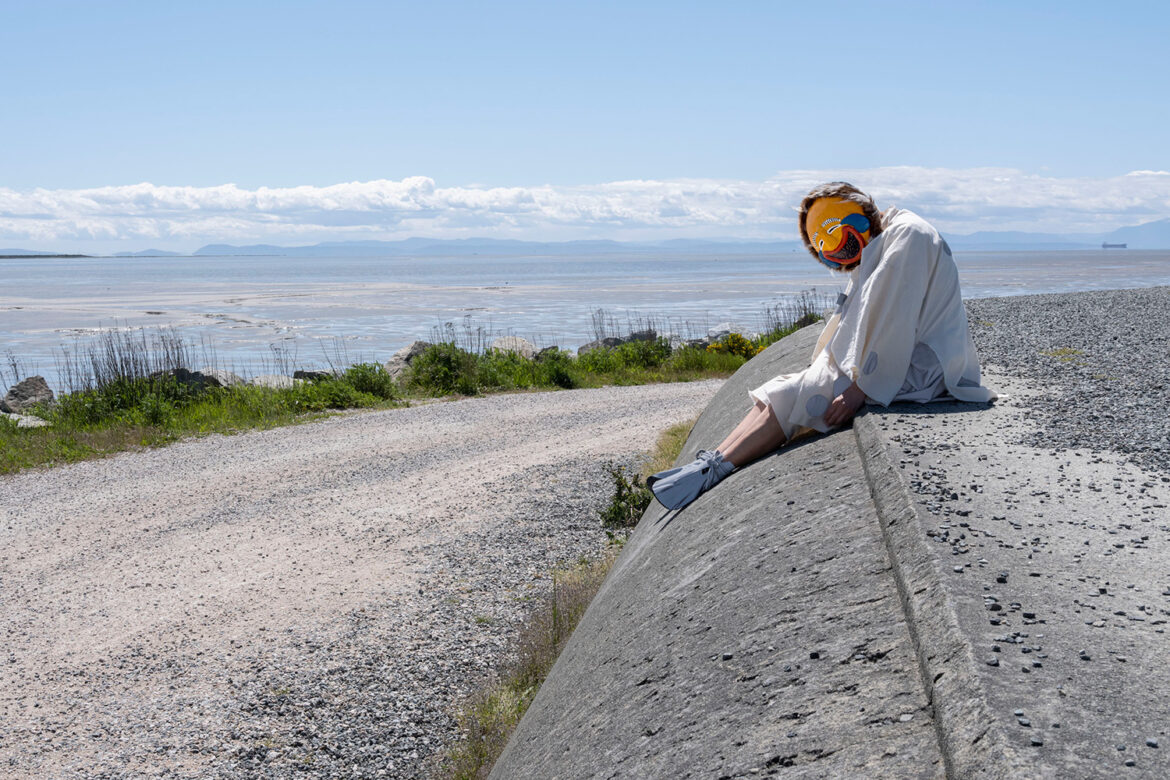‘Otherwise Disregarded’ brings together works by four Vancouver-based artists, Adad Hannah, Jake Kimble, Michelle Sound, and Jin-me Yoon to illuminate the transformative impact of art amidst societal flux. Curated by Kiriko Watanabe, Gail & Stephen A. Jarislowsky (Audain Art Museum) and Emmy Lee Wall (Capture Photography Festival), the group have brought together pieces of photography and video that delve into the global social, political, and environmental issues that were accentuated during the COVID-19 pandemic.
The Audain Art Museum in Whistler is presenting the show as a special exhibition for the 2024 Capture Photography Festival, the lens-based festival that has been giving voices to traditionally underrepresented communities since 2013. The artists revisit painful, traumatic memories linked to personal histories, colonial injustice, social discrimination, intergenerational trauma, and environmental devastation. Visitors can expect to confront uncomfortable truths and challenge conventional perspectives, and dialogue and introspection are welcomed. Emotive visuals and hidden identities weave their way through this exhibit as the faces of artists and participants are often intentionally obscured in an act of empowerment. Here are 4 pieces to experience, all created in the year 2022, and all showcasing the power of creative expression as a tool for healing and societal change:

Adad Hannah, originally from New York and now based in Vancouver, is known for his multidisciplinary approach to exploring historical themes in his video installations, sculptures and photography. On display you will find his three-channel installation What Fools These Mortals Be, which was made in collaboration with 14 formerly incarcerated women who energetically reimagine roles of Kings, Queens and fairies from Shakespeare’s A Midsummer Night’s Dream. The piece was commissioned by The Circle Project, an organization dedicated to addressing issues of incarceration through art. He facilitated a creative, supportive and playful environment for the women to design and perform in tableaux vivants (a genre in which live actors perform a still image) and in so doing, empowered these women to tell their own stories.

Jake Kimble is a multidisciplinary Dënesųłıné (Chipewyan) artist from Treaty 8 territory in the Northwest Territories. Kimble’s lens-based self-portraiture, like this piece from the Grow-Up series, often combines childhood photographs with phrases. The process of creating allows Kimble to connect with emotions and to reflect on life so far as a Two-Spirit person. The work challenges gender and ethnic prejudices, encourages deep introspection, personal discovery and self-care and challenges the viewer to do the same.

Michelle Sound is a Cree and Métis artist whose work explores her own childhood memories and intergenerational trauma. Her series titled Holding It Together features black and white childhood photographs that have been Intentionally ripped to symbolize the damage caused by the forced displacement of Indigenous communities from their ancestral lands. Sound has covered these rips with bright colourful layers of indigenous art practices like beadwork, stitching, and caribou hair tufting to symbolize survival tools. Sound’s art honours her ancestors from the Wapsewsipi Swan River First Nation in Alberta and celebrates the resilience of Indigenous Peoples, conveying a message of hope, joy, and strong ties.

Jin-me Yoon, a Korea-born, Vancouver-based artist, explores her own personal experience of migration in relation to unfolding historical, political, and ecological conditions over time through photography, video, and performance. In Untitled 9 (Long Time So Long), she sits on a pipe at Iona Wastewater Treatment Plant which first opened in 1963. The xʷməθkʷəy̓əm (Musqueam) People were displaced from this site by European settlers in the mid-1800s, and later, Chinese and Japanese immigrants were forced out to make way for further industrialization in the area. At this moment in her performance, she wears a caricature Saja mask from a talchum (a Korean dance) traditionally used to cleanse any negative energy. She does this with a contemporary twist – a crying with laughter emoji adorns the mask. She marks her own moment in time in this very place, in the midst of the Covid-19 pandemic, and reflects on the traumatic history that has happened here, as well as her own present experience of isolation at the hands of the pandemic.
This exhibition is made possible by Presenting Sponsor, RAB Foundation, and is generously supported by the Scandinave Spa, Whistler. It is on until September 9, 2024 and for more details, you can visit audainartmuseum.com.

Get there on transit: Audain Art Museum: There are several shuttles you can take to Whistler from Vancouver. For instance, there is one that leaves from the River Rock Casino in Richmond, which you can get to by taking the Canada Line train to Bridgeport Station or the Expo Line to Burrard Station.
By Harriet Goodwin

